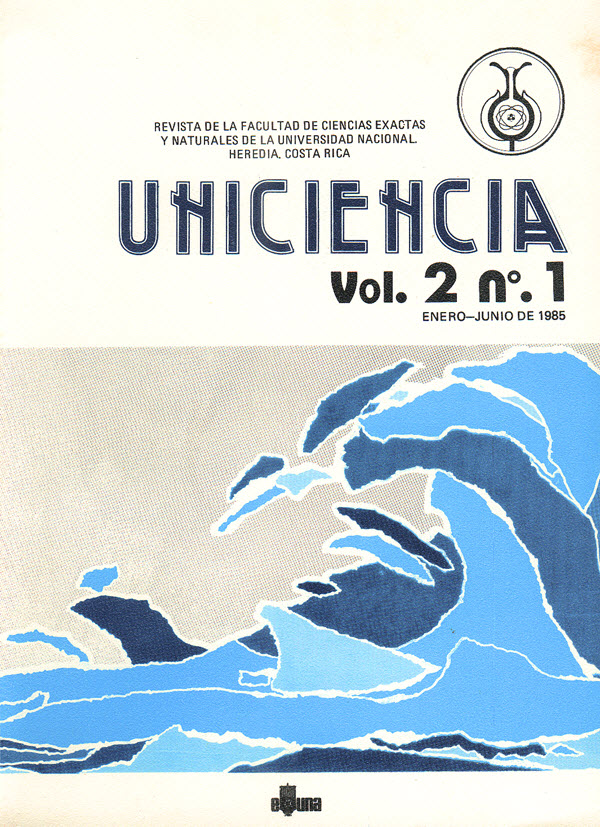Producción y excreción de glicolato en chlorella marina (ING)
Keywords:
excreción, chlorella, marinaAbstract
The marine Green alga Chlorella marina (CCAP 211/27) excreted glycollate when incubated under high photon irradiance, high pH and low CO2. The glycollate pathway inhibitors α-hydroxy- 2- pyridine – methanesulfonate (HPMS) and isonicotinyl hydrazide (INH) increased glycollate excretion rates by inhibiting glycollate metabolism. Neither compound affect ribulose biphosphate (RuBP) carboxylase/oxygenase activity, indicating that the inhibitors do not influence glycollate metabolism. Neither compound affected ribulose biphosphate (RuBP) carboxylase/oxygenase activity, indicating that the inhibitors do not influence glycollate formation rates but that glycollate excretion in their presence may be taken as an index of the rate of glycollate production. Previous growth under air or air plus 5% CO2 did not influence rates of glycollate production. The excretion of glycollate obtained with C. marina during photosynthesis under normal conditions of growth, is a demonstration that under those glycollate production and metabolism occur in healthy cells.Downloads
Published
Issue
Section
License
Authors who publish with this journal agree to the following terms:
1. Authors guarantee the journal the right to be the first publication of the work as licensed under a Creative Commons Attribution License that allows others to share the work with an acknowledgment of the work's authorship and initial publication in this journal.
2. Authors can set separate additional agreements for non-exclusive distribution of the version of the work published in the journal (eg, place it in an institutional repository or publish it in a book), with an acknowledgment of its initial publication in this journal.
3. The authors have declared to hold all permissions to use the resources they provided in the paper (images, tables, among others) and assume full responsibility for damages to third parties.
4. The opinions expressed in the paper are the exclusive responsibility of the authors and do not necessarily represent the opinion of the editors or the Universidad Nacional.
Uniciencia Journal and all its productions are under Creative Commons Atribución-NoComercial-SinDerivadas 4.0 Unported.
There is neither fee for access nor Article Processing Charge (APC)






